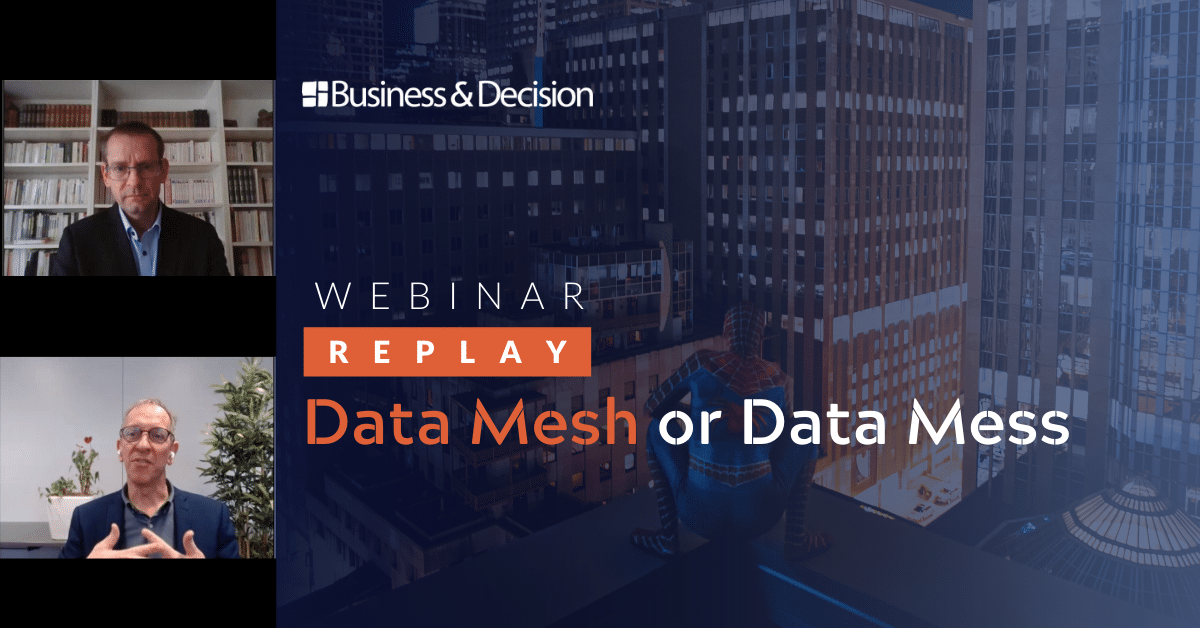The objective of this article is to present the impact of connected objects on Big Data in the car insurance industry.

More than €2 billion are lost annually to auto insurance fraud.
For auto insurance providers, embedded connected devices (which are also the target of future investments for the development of the digital economy) are a valuable means to quantify the risk associated with the driver. In addition to determining insurance pricing solely based on the vehicle and the driver, connected objects provide an opportunity to measure the quantity and quality of the behavior of the driver that too in real time. For insurance companies for example, this may allow to detect fraud, conduct revisions and for conservative or infrequent drivers result in cost savings.
Like some manufacturers, Volvo began to use Big Data to anticipate and reduce the risk of malfunctions. Similarly, insurance providers also adopted Big Data to help build their new business models.
Connected objects in the Car Insurance Industry
Embedded connected devices allow insurance companies to gather data such as global positioning, distance traveled, route used, driving/stopping time etc. and other driving & route related information.
To apply usage based pricing, either the insured motorist needs to allow the connected device to be installed in the vehicle or alternatively, use the smartphone application to communicate in real time his/her driving habits (including destinations, speed, behavior, braking, driving time etc.). The use of connected objects allow customers to better understand the effect driving behavior has on insurance costs. This usage based model is appealing to an increasing number of customers. If it means getting a 100% customized service, customers are increasingly willing to let companies obtain this personal data as long as it is not abused. (Source: BCG Global Consumer Sentiment Survey 2013).
Connected objects will revolutionize the car insurance industry according to a study done by the Boston Consulting Group.
The Italian market leads the rest when it comes to using Connected Objects in the Car Insurance business with 19 of its 20 major insurance providers offering this service.
French insurance providers have also gone digital upon seeing this new business opportunity. Notably so, AXA which launched on Kaggle –the international web platform of Data Science competitions, initiated a Big Data challenge on telematics data collected during trips of the insured motorists. AXA provided a data set of over 50,000 trips of anonymous motorists. The goal of the competition was to develop an algorithmic signature driving type.
- Is the driver making long or short trips?
- Is there highway travel involved?
- Is there sudden acceleration?
- Is there any high speed cornering?
The answers to the questions above would combine to form a driver profile for each of the examples studied. Several machine learning methods were used by participants to produce the most optimal solution. For this competition, Kaggle provided a ‘telematics fingerprint’ that was able to uniquely distinguish each drive. This along with other algorithmic signatures ensured that the trip was made by the insured driver using the insured vehicle.
According to Eric Schmidt, former CEO of Google, “Cost control and improvement of services provided are the two ways in which Big Data will change the insurance industry”
YouDrive
An example of this revolution is Direct Assurance, AXA’s subsidiary which launched open applications in early July such as YouDrive, which evaluates driving behavior. Direct Assurance customers that show good driving behavior will receive a revision in their rates before the end of the year. This is the ‘Pay how you drive’ model. Data collected from the application is analyzed to ‘profile’ each driver.
Aviva’s Rate My Drive
Aviva Drive is an application launched by AVIVA, a leading car insurance provider in the UK. To avoid installation of additional hardware in the vehicle, AVIVA uses data from the sensors in the driver’s smartphone (such as its accelerometer, GPS etc.). Thus, since 2012, AVIVA has been offering its drivers savings of up to 20% on their insurance premium using the smartphone application ‘Rate my drive’. This application studies driving behavior for 200 miles. Braking, acceleration, cornering and a set of other indicators will facilitate this study of the driver’s behavior. Once the evaluation is complete, the quote for the insurance premium can be calculated.
Plug & Play for Amaguiz
Amaguiz uses the latest advances in connected devices to offer ‘Pay as you drive’ next generation devices that are ‘Plug and play’. The device is sent to the customer who can install it within minutes by either plugging it into the vehicle’s OBD port (also known as the diagnostic socket) or wiring it to the vehicle’s battery. With this device, the driving behavior and patterns are collected and analyzed.
Business & Decision, a pioneer in innovative areas, is working with automakers to setup implementation of driving assistants. The next step is the collection and analysis of data using Data Science. The two devices for reliable information recovery tested are smartphone sensors (via an application) and connected devices. The idea is to give driving advice to users through the application.
Thanks to connected objects, Big Data has various applications in insurance:
- Fraud detection
- Customer knowledge, business strategy and loyalty
- Product design and pricing
- Risk prevention and claims
















Your email address is only used by Business & Decision, the controller, to process your request and to send any Business & Decision communication related to your request only. Learn more about managing your data and your rights.